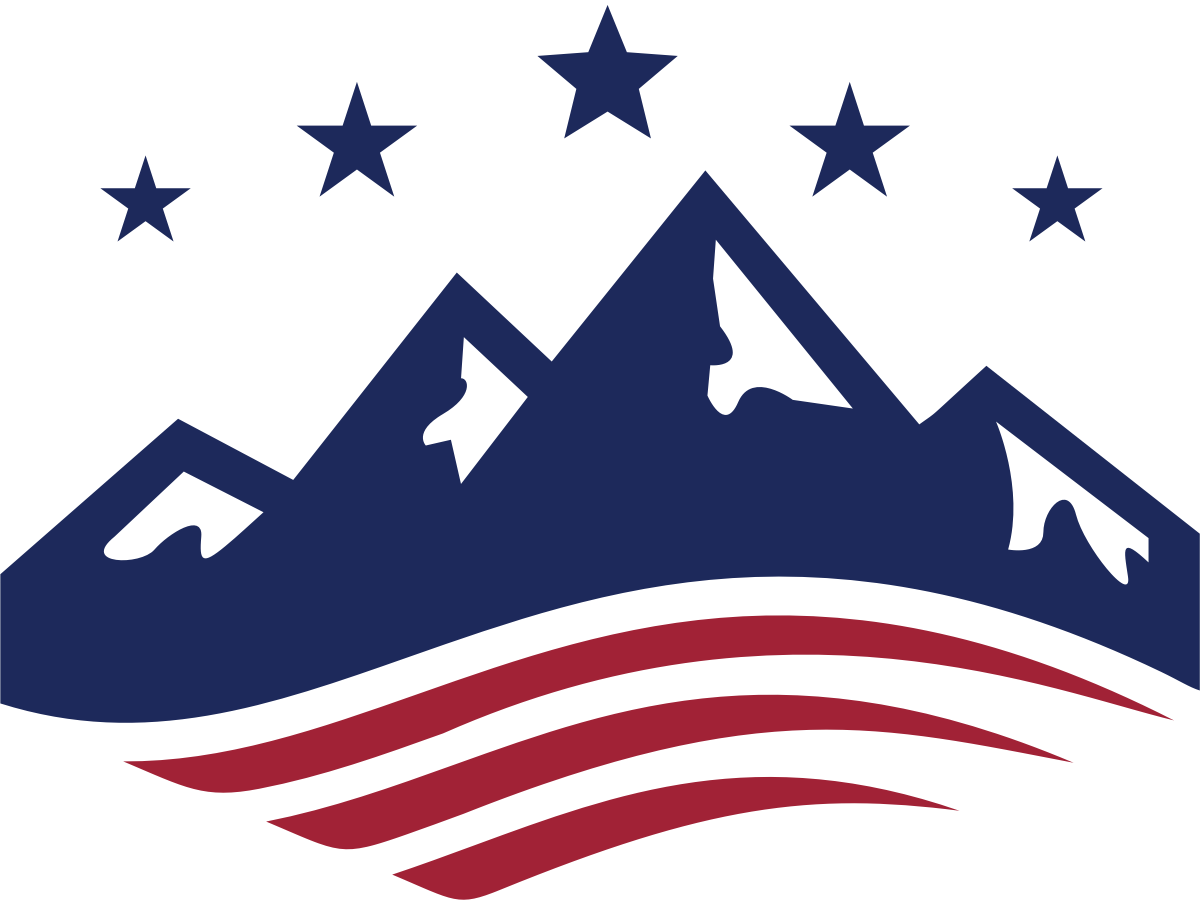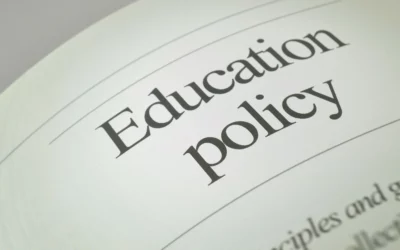
Written by Christine Cooke Fairbanks
August 9, 2023

The role and rights of parents in education continues to be a hot topic. With heightened awareness in the news cycle, some commentators are wondering how big of a role parents’ rights will play in the presidential election. Private education choice is part of that package. Understanding where that momentum comes from will be helpful to reformers.
The history of vouchers and private school choice
Much like public charter schools, private school voucher programs – which send public funds to a private school selected by parents to help pay for some or all of the cost of tuition – began to win legislative victories in the 1990s and 2000s, which is when almost all voucher or other private education choice programs in the U.S. were created.
Technically, two states passed voucher programs very early in America’s history – Vermont in 1869 and Maine in 1873 – both of which created programs to use public funds to pay for tuition for public or non-religious private schools for families living far away from public schools (“town tuitioning,” as it was called).
Early thought leadership on the concept of vouchers can be traced back as early as the 18th century. Both Thomas Paine and John Stuart Mill held philosophies supporting private school vouchers and wrote about voucher-like policies.
But it wasn’t until Milton Friedman’s influential 1955 essay “The Role of Government in Education” (and another version in 1962) that the idea of vouchers began to grow in popularity, at least in some intellectual circles. Friedman contended that subsidizing private choice in schools would create competition and improve families’ options.
However, vouchers have had varied uses and justifications. Sometimes vouchers in the late 1950s to 1960s were seen as a way to sidestep racial integration of schools, particularly after it was required in Board v. Brown of Education in 1954. For instance, seven states in the South offered tuition grant programs with the effect of incentivizing students to leave desegregated schools. Others, with more progressive ideas, saw vouchers as a way to end segregation or to narrow the achievement gaps between the disadvantaged and advantaged.
By the 1970s, some progressives supported vouchers as a way to fix “overly bureaucratic big-city schools.” In the 1980s, advocacy for vouchers hit similar notes, even at the federal level. President Ronald Reagan’s administration pushed for vouchers to help low-income students.
It was against this background that support for vouchers culminated in the nation’s first voucher bill in 1991 in Wisconsin. The program was created for low-income families. However, as it expanded to middle-income families, some of its Democratic supporters began to oppose it. A more nuanced view of vouchers among Republicans and Democrats existed well into the 2010s. But today, private school choice is nearly always understood to be a right-leaning political proposition.
After 1991, vouchers continued to spread to other states – Ohio quickly adopted a voucher program in 1995, but most other programs were passed from 2003 to 2019. Today, 14 states plus Puerto Rico and the District of Columbia have voucher programs. Some have multiple programs, like Louisiana, Mississippi, Ohio and Wisconsin, which was usually the result of expanding voucher opportunities to new categories of students.
Tax credit scholarships
Private education choice soon expanded beyond vouchers. For instance, in 1997, Arizona passed a tuition tax credit scholarship – which allowed individuals who donate to a school tuition organization to get a tax credit against state income taxes (up to a limit). Donations were then given to low-income or middle-income families in the form of scholarships to be used for private school tuition or other expenses. This is another form of choice geared toward offering students a place in private schools while not directly being paid for by the state.
The program was challenged in state and federal court, but the program prevailed. Today, 22 states have some form of tax credit scholarships, some with multiple programs, and some with a broader range of acceptable expenses.
Tax credit education savings accounts
After Arizona’s tax credit scholarships, the next iteration of private choice came with Florida’s tax credit education savings account (ESA) in 2001. An education savings account differs from the traditional voucher model in that it gives wider flexibility on how funds can be used. Rather than simply funding private school tuition or fees, ESAs allow parents to spend funds on things like instructional materials, curriculum, homeschooling fees, and tests. Currently, there are three states with tax credit education savings accounts: Florida, Kentucky and Missouri. The latter two were passed in 2021 during the COVD-19 pandemic.
Private education choice challenged in court
In 2002 the U.S. Supreme Court in Zelman v. Simmons-Harris upheld the constitutionality of vouchers, holding that the Ohio voucher program did not violate the First Amendment’s establishment clause.
However, similar challenges have been brought against private choice programs as well. For instance, some groups brought a state challenge against Arizona’s 2006 voucher law, based on its state constitution’s Blaine Amendment, which prohibited state funds from going to religious private schools. Similar amendments can be found in many state constitutions. The Arizona Supreme Court ruled against the program.
Because of that decision, Arizona created the nation’s first education savings account in 2011. This program deposits public funds into an account for a family to use for a variety of uses, rather than sending funds directly to private schools or relying on private donations like a tax credit education savings account program does. This new approach avoided the violation of the state constitution that the Arizona voucher program created. Thus was born a legislative vehicle that would become more popular than vouchers in many education choice circles because of its flexibility and increased choice. Arizona became a model of broad and universal education choice that other states could look to for a template.
The COVID-19 pandemic would supercharge support for education choice programs – the subject of a future article. But even before the pandemic, education savings accounts and other types of education choice policies were gaining ground. Today, 13 states have education savings account programs.
Conclusion
While education choice is seen today as a Republican platform issue, the story of the origins of private education choice programs suggests that there may be more potential for common ground in education reform than we often recognize. Private education choice had bipartisan beginnings, but today it is markedly more driven by conservative philosophies (though choice has been growing recently across our nation regardless). As we look to the future, we ought to remember our shared values and principles in education that occur all along the political spectrum.

Insights: analysis, research, and informed commentary from Sutherland experts. For elected officials and public policy professionals.

-
The concept of vouchers existed in America in the late 1800s.
-
Since the 1950s, the history of the growth of private education choice, especially vouchers, has had supporters on both the left and the right.
-
In recent years, private education choice has become popular among right-leaning candidates and states, but its growth is likely to increase in the wake of the pandemic.
Read More
Education policy to consider during the 2024 election season
Here’s a look at what each presidential candidate is likely to focus on in education, given their track records and campaign platforms.
Ignoring the text of the Constitution is a mistake
A written Constitution is entirely superfluous if the document is simply meant to give the people what they want.
What you need to know about election integrity
It should be easy to vote and hard to cheat. This oft-quoted phrase has been articulated as a guiding principle by many elected officials wading into voting and election policy debates in recent years. So why has this issue been so contentious, and what’s the solution?


